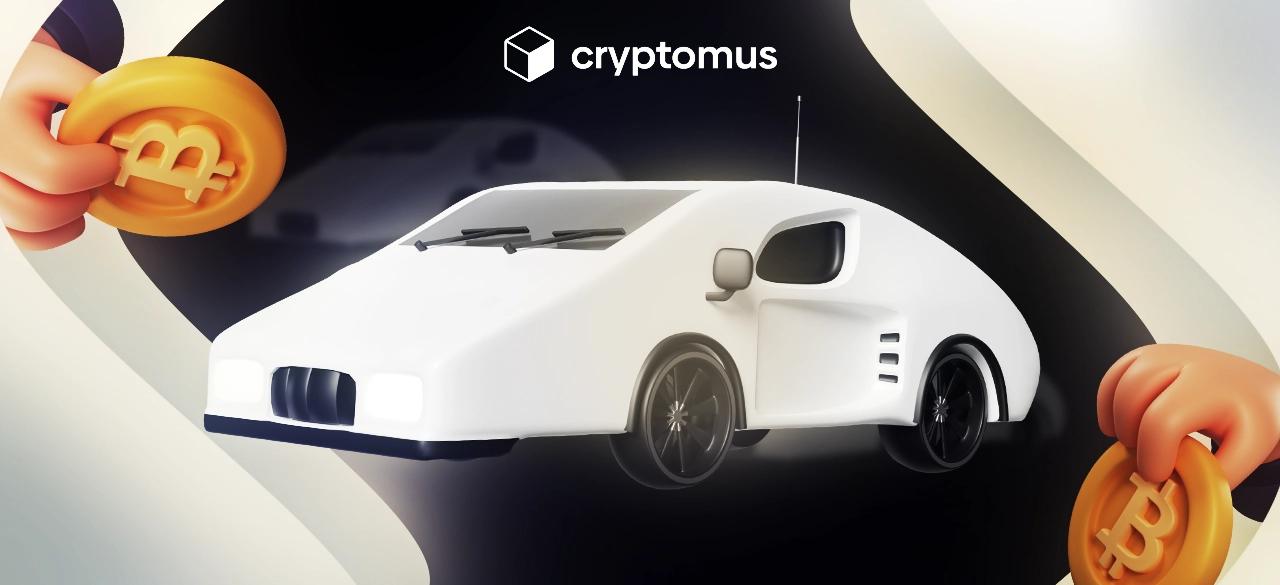
Solana 新手交易指南:基礎知識、類型與策略
Solana 是表現最強勁的區塊鏈網路之一,以卓越的可擴展性、快速交易與低手續費聞名。Solana 已進入市值前十,並成為 DeFi 與 NFT 專案的重要樞紐。 你將在本指南中進一步了解如何交易 Solana,包括其主要策略與類型。此外,本文也會提供一套開始並在 SOL 交易流程中取得成功的步驟化算法。
什麼是 SOL 交易?它如何運作?
在不同時間買賣 Solana 就稱為交易。這個過程需要主動監控市場,因為價格波動可能帶來獲利空間。交易的運作基礎,是以較低價格買入代幣、在其市價較高時賣出。此外,你也能從價格下跌中獲利——我們稍後會討論這些方法。 Solana 交易發生在加密貨幣交易所,全年無休 24/7 開放。交易者會使用多種委託單進場,包括市價單與限價單。市價單是以當前市場價格買賣資產,而限價單則是在你設定的價格買入或賣出。為了決定何時是下單的理想時機,交易者會分析加密市場的整體情勢。
Solana 交易策略
交易策略是交易者用來買賣 SOL 的方法,能在多種市場條件下執行。常見策略包括日內交易、波段交易、定投(DCA)、HODLing 與突破交易。以下更詳細說明各策略。
日內交易
日內交易 的核心是在同一天內買進並賣出 Solana。其基礎在於把握快速的日內價格波動,並降低夜間突發變動所帶來的風險。因為日內交易需要緊密監控市場,投資者通常使用圖表與指標(例如 RSI)來進行預測。
波段交易
波段交易 指持有 Solana 數天到數週。由於中期波動幅度通常大於日內波動,交易者有機會從中獲得不錯的收益。對想把握 SOL 價格變化、但沒有時間頻繁盯盤的投資者而言,這是很合適的策略。
HODLing
HODLing 指長期持有 SOL。這不是主動交易,重點在長期收益,而非每日或每週的價格起伏。該策略假設支持者相信,隨著網路發展,Solana 的價值將會提高。
定投(Dollar-Cost Averaging, DCA)
不論市場價格如何,定投(DCA) 是指固定投入一定金額到 Solana。舉例來說,你可以每月投入 50 美元購買 SOL。透過這種方式,你能攤平持幣成本並緩解波動性的影響:價格低時買到較多,價格高時買到較少。對想在不過度在意市場波動情況下參與 SOL 的交易者而言,DCA 是極佳選擇之一。
突破交易
當 Solana 的價格同時突破阻力(相對高點)與支撐(相對低點)區間時,就到了運用突破交易策略的時候。這種情況發生在價格脫離既有盤整區間之際。比如 SOL 若連續數週在 150–180 美元間震盪,當價格向上或向下突破這個區間,就可能預示新趨勢形成。為了把握強勁的價格波動,交易者會在此時買入或賣出 Solana。

Solana 交易類型
與策略不同,交易類型著重於買賣方式的細節。例如,有些交易者將 SOL 視為長期投資;也有人更在意快速獲利。下面逐一說明這些類型。
現貨交易
現貨交易是以當前市場價格即時結算地買賣 SOL,這是最常見且直觀的交易方式之一。你只需下市價單或限價單——例如買入 SOL——交易所就會自動與對手單撮合成交。 你可以在Cryptomus 交易所交易 Solana;該平台具備舒適的現貨交易條件,其流動性長期穩定,並提供 100 多種其他交易對。Cryptomus 的手續費幾乎趨近於零,使得在此交易 SOL 不但便利,也更具成本優勢。
保證金/槓桿交易
保證金類型的交易提供槓桿機會。為了交易 Solana,你會向交易所借入資金;因此以較小的初始投入,就能放大部位、持有更多 SOL。
例如你只有 50 美元,使用 5 倍槓桿即可買入價值 250 美元的 Solana。由於使用 5 倍槓桿,幣價只要上漲 4%,你的初始保證金報酬就可達 20%;但若價格下跌超過 20%,你的部位可能被強制平倉,導致損失全部保證金。基於此風險,多半只有有經驗、且能妥善評估風險的交易者,才會選擇保證金交易。
期貨交易
期貨交易是指投資者簽訂合約,約定在未來特定日期以預先約定的價格買入或賣出 Solana。如果到期時你支付約定金額,而當天市價高於原先水平,這筆交易就會獲利;反之若 Solana 價格下降,則產生損失。因此,期貨交易者通常更關注市場趨勢。
選擇權交易
以選擇權方式買賣 Solana 與期貨相似,都是在固定未來日期進行。但選擇權允許交易者在到期前提早了結部位。當預期加密貨幣價格將上升或下跌而需要彈性時,交易者就會使用選擇權。
放空(做空)
當 Solana 價格下跌時,放空可能帶來優勢。交易者先向券商(加密交易所)借入 SOL,按市價賣出;之後在較低價買回,歸還借來的幣,賺取差價。不過,若價格意外急漲,就可能造成損失,因此做空具有風險。
套利
Solana 交易中的套利,是指利用不同交易所之間的價格差來獲利。交易者會在某平台以較低價格買入,再到另一平台以較高價格賣出。雖然理論上風險較低,但必須動作迅速,因為價差通常很快消失。若你想嘗試此類交易,選擇像Cryptomus這樣介面友善、操作便利的交易所會更合適。
自動化交易(機器人)
Solana 交易機器人是依據預先設定的策略與市場條件,自動執行交易的軟體。由於機器人能持續監控市場數據,通常比手動方式更快速、也更一致地做出決策。要有效使用機器人,你需要選擇合適策略並具備一定技術知識。
如何開始交易 Solana?
接下來更細緻地看在加密貨幣交易所進行 Solana 交易的流程。由於各平台的程序大同小異,不論方法為何,步驟基本相同。完整流程如下:
-
步驟一:選擇交易類型與策略。 在開始交易 Solana 前,先從上述內容中挑選最符合你需求的策略與類型。
-
步驟二:選擇加密貨幣交易所。 選定你偏好的 Solana 交易平台,評估是否能支援你選擇的策略。平台也應具備多元的可交易資產與完善的安全措施。以Cryptomus 交易所為例,交易者可以進行現貨交易,並透過 2FA 與 AML 保護資金與資料。閱讀其安全政策與用戶評價,以確認平台可靠。
-
步驟三:建立帳戶。 在選定的平台註冊並提供姓名與電子郵件。接著完成 KYC:準備駕照或護照,並拍攝自拍以驗證身分。
-
步驟四:入金。 使用法幣或其他加密貨幣為你的交易所錢包充值。有些交易所也能綁定金融卡或信用卡以完成入金。
-
步驟五:選擇交易對。 確認你轉入交易所的金額,能匹配你要購買的 Solana 數量。舉例:若你想買 SOL,帳戶內需持有相應的 USDT 或 USDC;你要選擇的交易對就是 「SOL/USDT」 或「SOL/USDC」。不論幣價多少,你都可以交易任意金額,甚至只要 1 美元也行。
-
步驟六:下單成交。 依照所選策略前往相應頁面,輸入必要資訊(如市價單或限價單),並完成交易。之後即可監控並管理你的部位。
交易 SOL 的秘訣:如何提升報酬
為了降低虧損並最大化收益,交易 Solana 時務必謹慎。以下是我們彙整的建議:
-
選擇可信賴的加密交易所。 加密交易通常涉及較大金額,因此請在能確保 SOL 安全的平台上交易。同時也要考量手續費與平台上的幣價差異,因為這些都會影響最終收益。
-
持續關注市場。 閱讀關於 Solana 與整體市場的新聞,掌握加密領域的變化。留意市場走勢以判斷價格方向。
-
做好風險控管。 市場可能出現劇烈回檔,務必只用可承擔損失的金額進行交易。為降低波動風險,盡量少用借來的資金。
在交易 Solana 時,盡量遵循以上準則,以兼顧安全與獲利。要記得,加密市場在擴張階段特別難以預測。透過妥善的交易流程,你才能從所採用的 Solana 交易類型與策略中真正受益。
希望本文對你有所幫助;現在你應該能更有把握地交易 Solana,並清楚選擇合適的策略。你是否曾參與過加密貨幣交易?歡迎在下方留言分享你的經驗!
對文章進行評分




評論
0
您必須登入才能發表評論